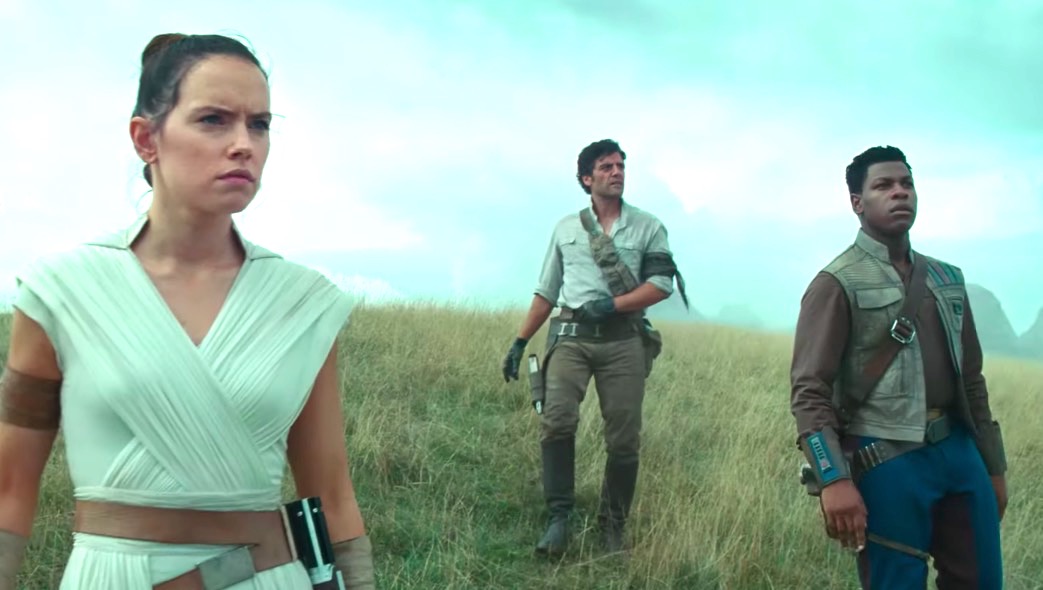By Caedon Williams
The Star Wars saga, created and produced by George Lucas, is known as a trailblazer of film and cinema. As one of the most successful movie franchises of all time, the movies are known to be groundbreaking in the way in which film is produced, with the original trilogy using astounding, technological effects that were the first of their kind, followed by the follow-up prequel movies made in the early 2000’s that showcased the broadened use of CGI for both his characters and movie settings alike, throughout all of the movies. However, Star War’s new trendsetting theme is much more important than the previous accomplishments of George Lucas, and it is centered around a word that is becoming highly demanded across the nation’s ideological landscape. It is a simple term with an elementary concept, but is still being searched for in today’s society. That word is equality.
Throughout the latest Star Wars trilogy, considered sequels to the original trilogy in the Star Wars saga, it is clear that emphasis has been put on creating a more diverse universe in regards to characters and their race, gender, or sexuality. For instance, the main protagonist in the newest Star Wars trilogy is played by Daisy Ridley, a British actress. This marks the first time a fierce, powerful Jedi would be played by a woman. This shows support and morale from Disney to its fans and the rest of the globe regarding gender roles, because all of the previous, main Jedi from the original and prequel trilogies were casted as men, and the women were portrayed to be more delicate roles and were always involved because of love interests exclusively. Daisy Ridley’s character, Rey, is the first example of Star Wars and its newfound ethics and morality, which has since influenced the movie industry dramatically. More and more woman have since been awarded incredible roles in movies, and still are capitalizing on Star War’s trendsetting moves today.
Instances of Star Wars’s enhanced insight into social justice and equality is thoroughly imbedded into the recent trilogy not just because of Daisy Ridley, though. In Fact, it can be said that a majority of the main protagonists in the movie, including Rey, are women or people of color, improving dramatically since the release of the last Star Wars movie, which was released in 2005. For instance, the posse of protagonists within the latest Star Wars movies are Rey, Poe, Finn, Leia, Luke, and Rose. Out of those five characters, the majority of them are women, and two of them are people of color. Other characters such as Zorii, Jannah, Maz Kanata, and Captain Phasma, are all also significant characters who are women, with two of them being people of color.
Star Wars did not only support the idea of equally showcasing women and colored actors in their movies, as they also showed support for gay rights and equality. The two main male characters, Finn and Poe, were both announced as gay by Star Wars director and producer, J.J. Abrams. This would make five out of the six major protagonist characters either people of color, women, or gay, with Luke Skywalker being the only straight white male, which was what Star Wars trilogies consisted of before the newest additional movies.
Star Wars has clearly bettered themselves as a brand and a franchise by including women, people of color, and LGBTQ community members in their movies in order to make the Star Wars community more inclusive and accepting throughout the newest trilogy. As the final scene from the last movie produced, The Rise of Skywalker, is played, one theme is common, and that theme is love and equality. The protagonists defeat evil together, and colored people, women, and LGBTQ members all celebrate together under one cause and one belief, setting a standard for both cinema and society for the future and beyond.
